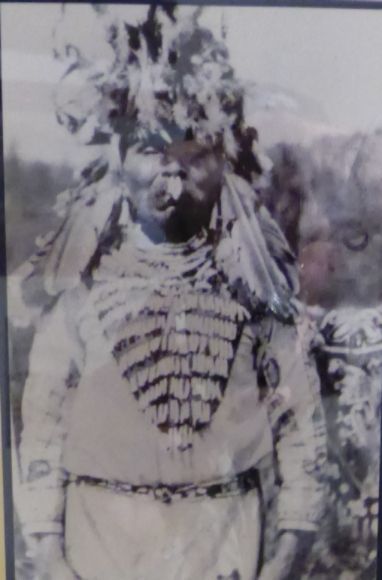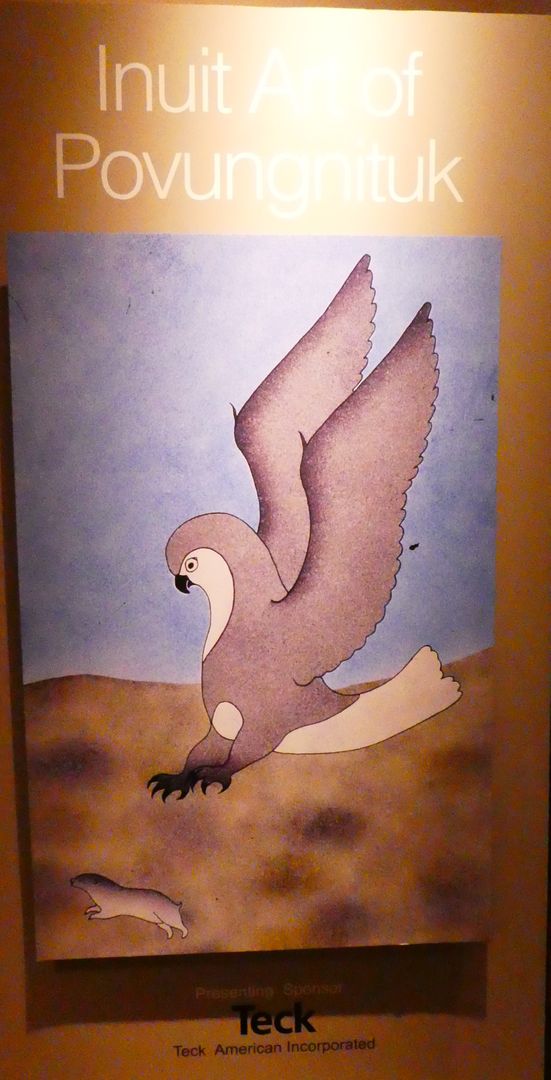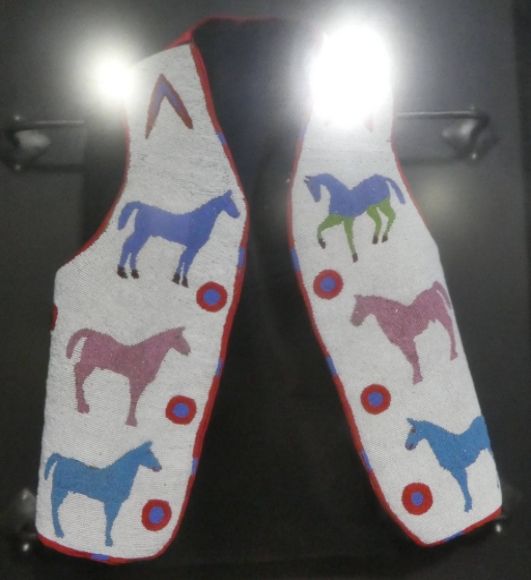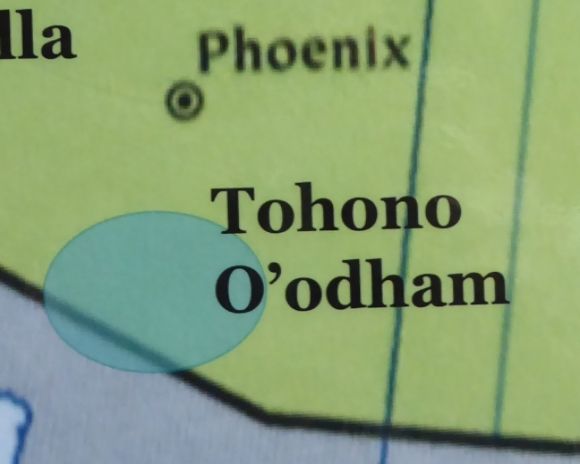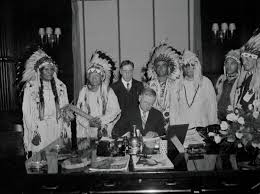The Siletz Reservation, 1900-1925
At the beginning of the twentieth century, the policies of the federal government regarding American Indians were based on the philosophy that Indians, like other immigrants, should assimilate into the English-speaking, Christian, American farming culture and that this could be best accomplished by transferring all tribal resources—land, mineral, timber—from Indians to non-Indians. Since the establishment … Continued
